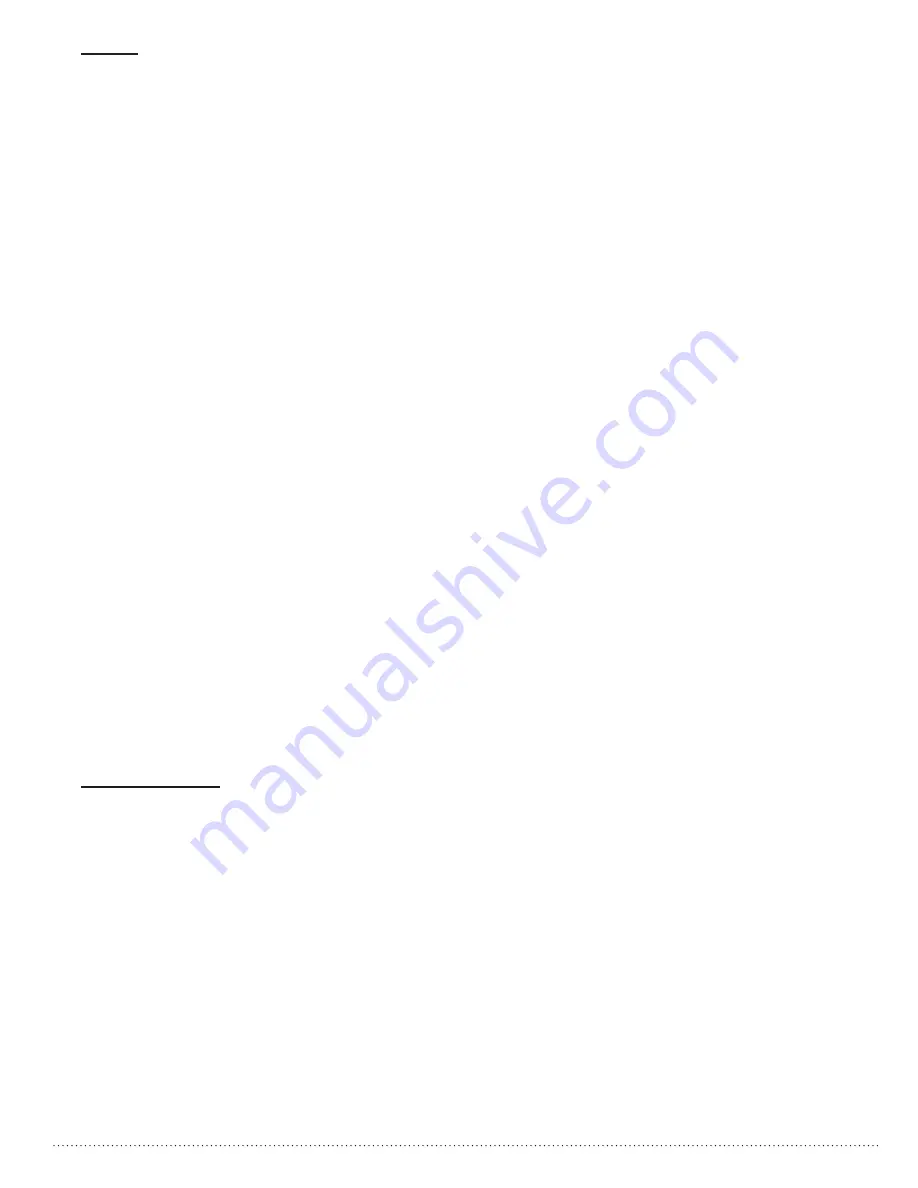
NOTE:
No two motorhomes operate under identical conditions. Therefore, maintenance and maintenance
intervals will vary.
Washing
The life of the exterior paint finish can be extended if properly cared for. Periodic cleaning will help preserve
the paint finish. The motorhome is painted with a “base coat, clear coat system.” The clear coat is a polyurethane
based material which brings out the shine or luster to the base coat paint. Care should be used when washing
the motorhome. Use only mild detergents or specifically designed automotive detergents. Avoid using abrasive
cleansers or laundry detergents as they will scratch the clear coat and leave a soap film. The use of specially
designed automotive washing utensils, such as soft bristle brushes, are acceptable as long as they do not trap
abrasive material and scratch the surface while being used. Before washing the motorhome remove most of the
accumulated dirt and road grime behind wheel openings, below the windshield and on the rear of the motorhome.
If the build up is excessive, run water over a soft brush while gently scrubbing the surface in one direction. This
will help float away the build-up from the clear coat. Avoid back and forth or circular motions as this may act
like sandpaper, scratching the clear coat and leaving a haze or swirl marks. After removing the heavy build-up,
use the mixed detergent solution to wash the motorhome. Start washing at the top of the motorhome and work
towards the bottom. If possible, wash the motorhome in a shaded area when the exterior is not hot to the touch. If
necessary, turn the motorhome around to keep the area being washed in the shade. Try not to allow the detergent
to dry onto the clear coat surface. Use plenty of water when rinsing the surface to remove any detergent residue.
Drying
Chamois cloths come in natural and synthetic materials. Either type is acceptable as long as the surface is clean.
Soak the chamois in clean water until all chamois material has absorbed water. Wring excess water from chamois.
Start at the top and work towards the bottom. Use a downward “S” pattern to remove water from the surface and
wring out the chamois as needed. Using a chamois cloth to remove the rinse water is not necessary, but the effort
can be worthwhile.
Waxing
It is recommended to wax the motorhome twice a year: spring and fall. Many types of protective barriers are
available today that may be applied to the clear coat: glazes, waxes, polishes, rubbing compounds or combinations
of these products.
INFORMATION:
Follow the product manufacturer’s recommended application instructions.
Types of Products:
Glazes:
Glazes are generally used to fill very fine scratches in the clear coat. Apply either by hand or by
using a polisher with a special pad.
Waxes:
Waxes come in many types of chemical make-ups. The popular Carnauba wax is a naturally
occurring wax from the leaves or fronds of the Carnauba palm tree. Mineral waxes have a paraffin base. There are
waxes that contain silicone.
Polishes:
Polishes usually contain a combination of wax based substances with an abrasive, getting the
two for one idea. These products can be too abrasive for clear coats and are not recommended for use.
Rubbing Compounds:
These types of products are generally applied by using a buffer. The use of
rubbing compounds should be left to professionals as undesired results can quickly occur. These types of products
are generally used to correct or flatten a surface by removing high spots or small amounts of material.






























